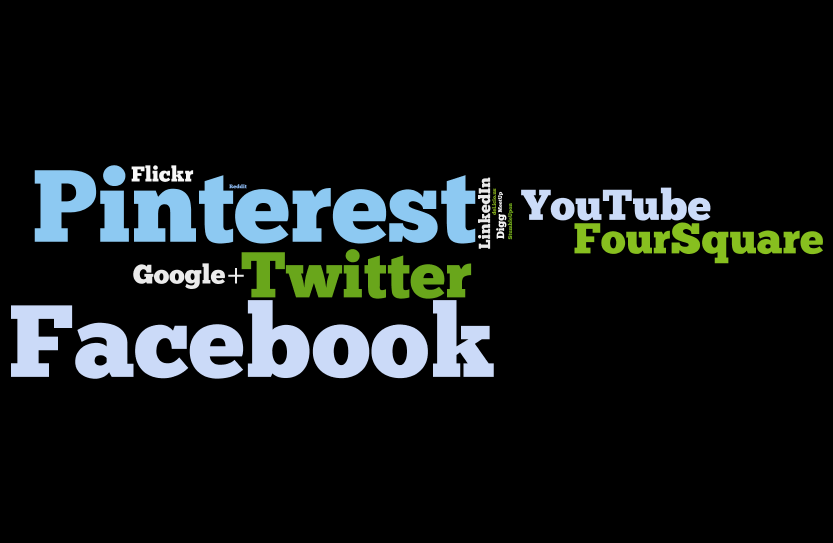Of course we all know that the Super Bowl is this Sunday. Even the 50% of people who aren’t going to be watching the “big game” know of its existence and will be running into issues if they are trying to plan any social events with their friends this weekend that don’t involve football, beer, and chips.
The Super Bowl is big business, with advertising rates climbing to $3.5 million for a single :30 spot during the game, and that’s just the cost of the media. The cost of producing a spot that gets you noticed can be staggering as well. Given the insanely high out-of-pocket cost for just one spot during the Super Bowl (which is actually higher than many advertisers’ entire annual budget), it’s natural to ask the question of whether it’s worth it to spend such a huge amount of money on one commercial – the equivalent of “putting all of your eggs into one basket.”
The experts say, “yes”, according to CNN, who reported on this very same question a year ago. Despite the astonishing cost, the attention levels to the commercials during the game are among the absolute highest for any televised program throughout the year. Stephen Master, Vice President of Nielsen Sports media research notes that nearly “50% of viewers tune in to actually watch the commercials, more than they watch the game.” The level of engagement in watching the ads is quite high, which leads to higher recall.
Interestingly, brands that have never advertised during the game have a lot more to gain versus companies with near-universal recognition, such as Coca-Cola or Budweiser. Examples include GoDaddy and ETrade, both of which advertised for the first time several years ago and have garnered massive brand awareness based in no small part on their initial Super Bowl advertisements.
As noted in the article, the “ultimate goal for Super Bowl advertisers is to generate buzz before, during and after the game.” Advertising in the Super Bowl isn’t just a one-time event with a one-time cost. It’s become an entire industry surrounding the game, as people go online after the game to watch the spots they really liked, and increasingly, are going online even before the spots have aired to watch so-called “leaked” versions of the spots.
This seems to be the Year of the Leaked Super Bowl Spots, with many major companies debuting their spots online days or even a full week prior to the game itself. The automotive industry seems to be owning the idea of the leaked teaser this year, with companies such as Acura, Audi, Chevrolet, Honda, Kia, Lexus, Toyota, and Volkswagen all releasing their spots on YouTube earlier this week. Other companies, such as H&M, Doritos, Priceline, and Coca-Cola have also already debuted their spots online, prior to showcasing them during the game itself. As David Thier at Forbes says, “The competition is fierce enough that they’re advertising their ads.”
It’s an interesting trend to utilize digital and social media to gain early buzz for commercials that used to be kept highly secrets, only to be revealed during the actual game itself. Those days are gone and will likely never come back. The investment in a Super Bowl commercial is so costly, and expectations for it to increase brand awareness, purchase intent, and sales are so high that agencies and advertisers need to do all they can to amortize the cost and utilize the game not as the end point itself, but merely as the tent pole around which to create an entire marketing platform.
While the teaser campaigns prior to the game itself don’t quite yet reach the audience levels that are reached during the game – both Honda and Volkswagen’s teasers have over 10 million views so far, compared to an audience of 111 million during the game itself – we can look historically to see their impact. Volkswagen’s Super Bowl spot from last year (the one with the young boy pretending to be Darth Vader) has over 50 million views so far, “easily more than the number of Super Bowl viewers that saw it and paid attention.”
We disagree with Thier’s supposition that because Honda, Volkswagen, and the other advertisers can have a successful social media campaign that “stands on its own” a full week prior to the Super Bowl it decreases the value of airing in the Super Bowl itself. We believe these campaigns are successful specifically because they are able to use the Super Bowl as a unifying element to create buzz and excitement. There have not been, to date, any stand-alone social media campaigns that have generated this same amount of media attention and consumer interest.
All of this year’s pre-Super Bowl activity is going to be hard to beat next year, but we’re sure someone will come up with a creative, powerful way to do it.
Comments are closed.



